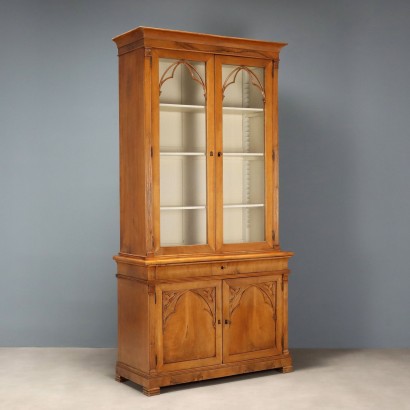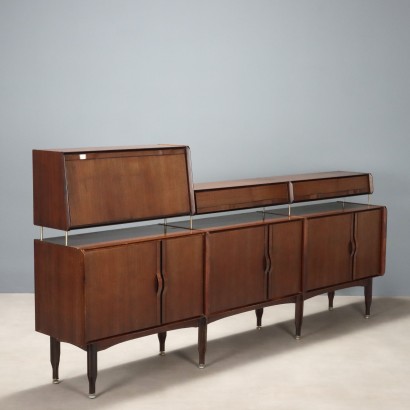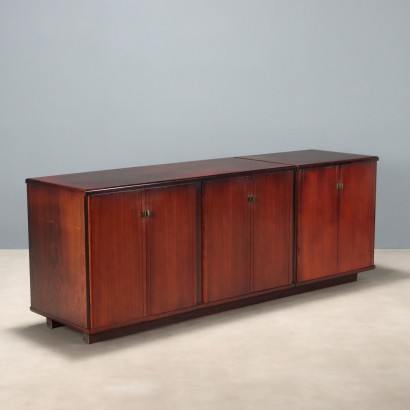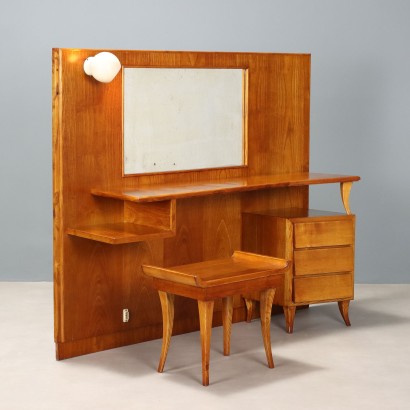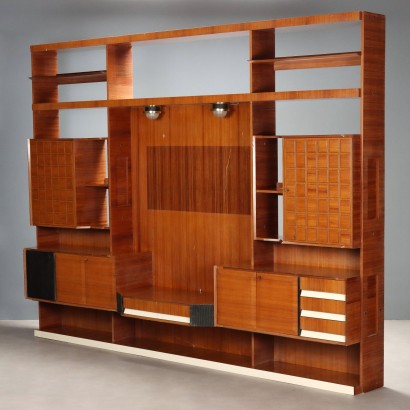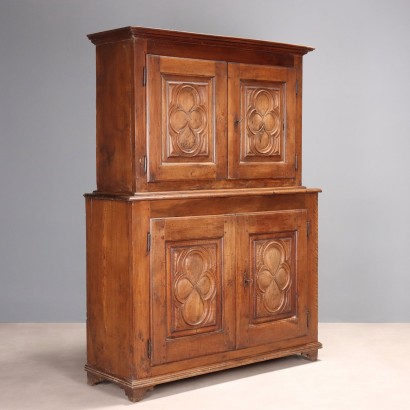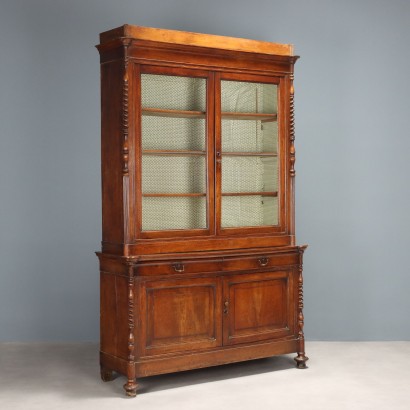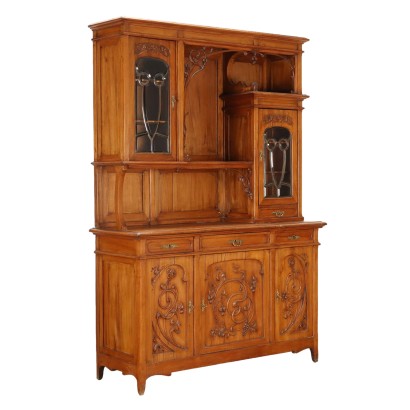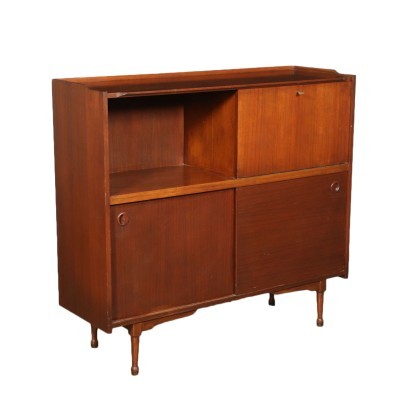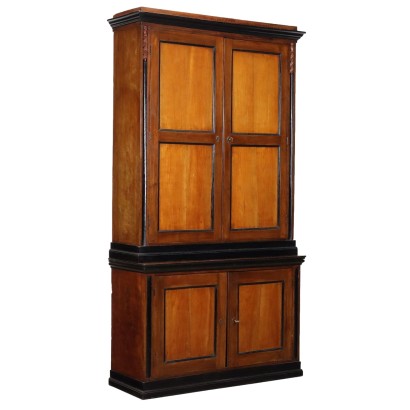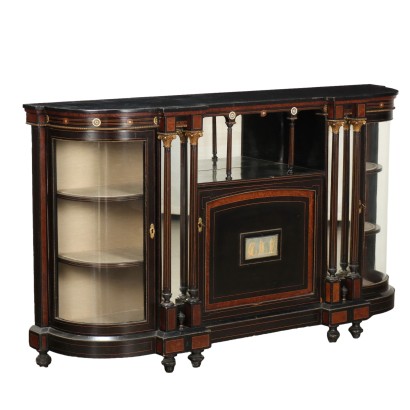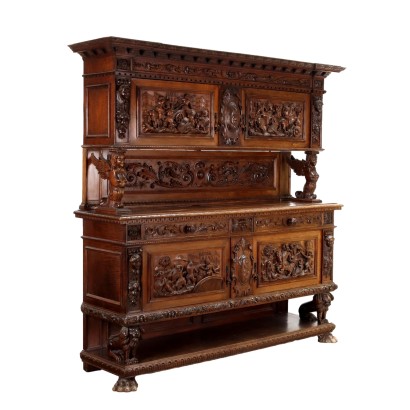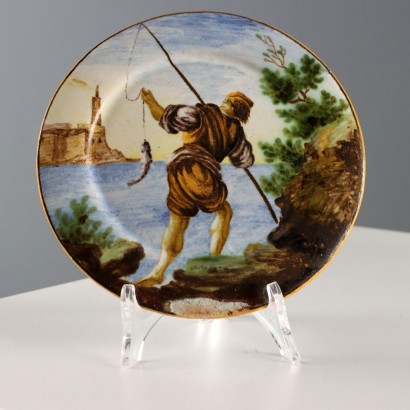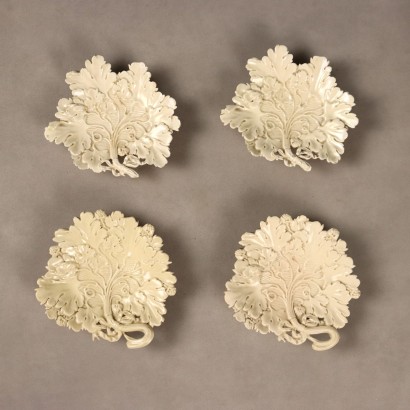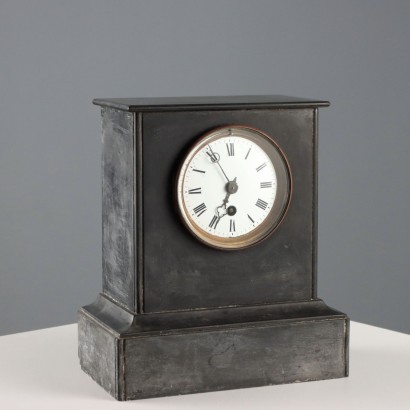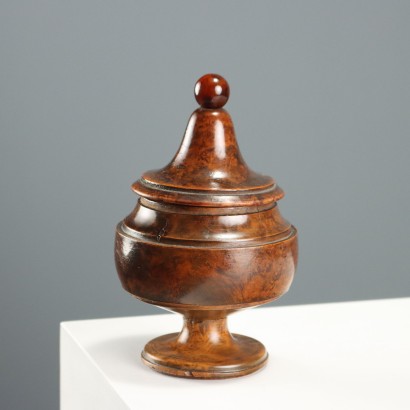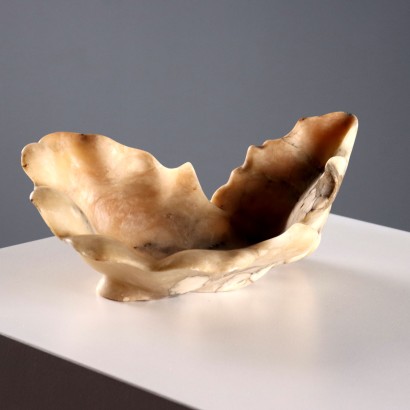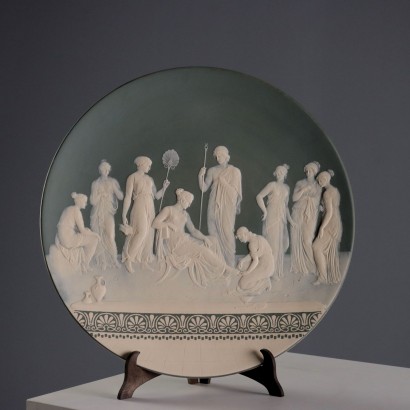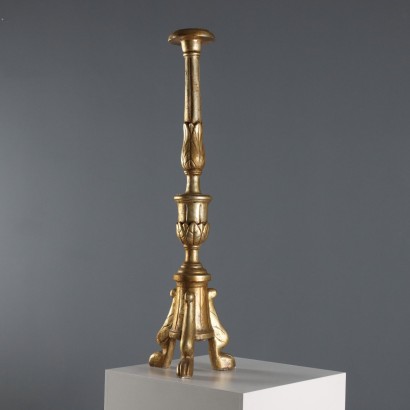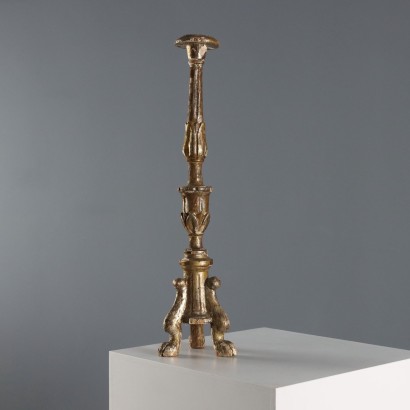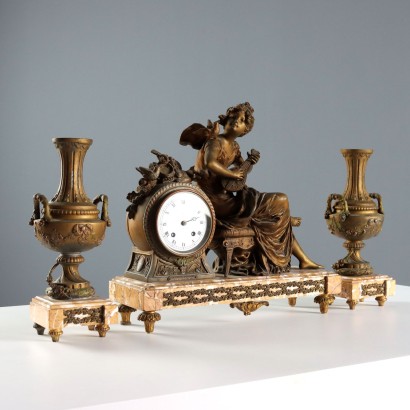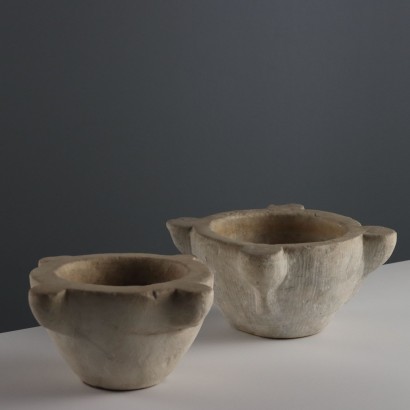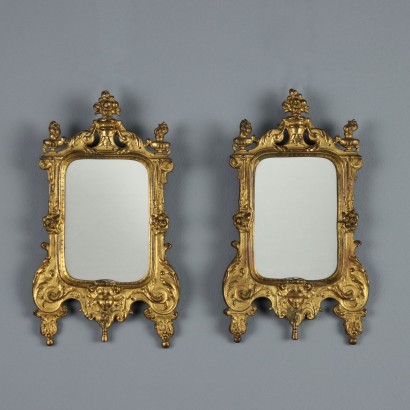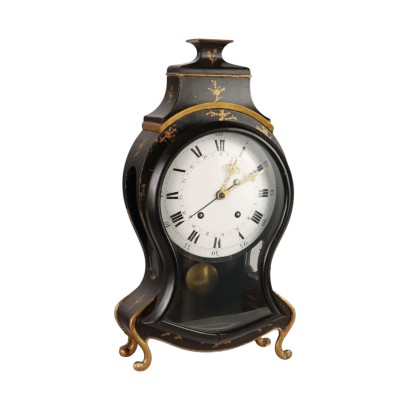Neo-Gothic Style Sideboard - France Mid 19th Century
Features
France Mid 19th Century
Style: Neo-Gothique Revival
Age: 19th Century / 1801 - 1900
Origin: France
Main essence: Walnut
Material: Glass
Description
Neo-Gothic walnut sideboard. The upper part features adjustable internal shelves, glass doors, tapered uprights, and a pair of paneled doors and a drawer underneath. Plinthed legs. France, mid-19th century.
Product Condition:
This item requires restoration and polishing due to age and wear. We strive to present the actual condition of the piece as accurately as possible with the photos. If any details are unclear from the photos, the description will prevail.
Dimensions (cm):
Height: 253
Width: 129
Depth: 53
Additional Information
Style: Neo-Gothique Revival
Neo-Gothic is an artistic movement born in Europe during the nineteenth century, which aimed at the revival of medieval art and especially Gothic architecture.
This movement influenced Great Britain in particular, in step with the English Gothic tradition.
The most original phase of the movement began in the middle of the century, which drew from previous experiences the lively polychromy and the choice of materials, in conjunction with the organic functionality of the buildings and the use of metal.
Find out more on Neo-Gothic with our insights:
FineArt: Harp Erard, in Neo-Gothic style
Additional links
The Austrian Taste of Baroque
The European Baroque
The Figurative Arts of the Baroque
Age: 19th Century / 1801 - 1900
19th Century / 1801 - 1900Main essence: Walnut
Walnut wood comes from the plant whose botanical name is juglans regia , probably originally from the East but very common in Europe. Light or dark brown in color, it is a hard wood with a beautiful grain, widely used in antique furniture. It was the main essence in Italy throughout the Renaissance and later had a good diffusion in Europe, especially in England, until the advent of mahogany. It was used for solid wood furniture and sometimes carvings and inlays, its only big limitation is that it suffers a lot from woodworm. In France it was widely used more than anything else in the provinces. In the second half of the eighteenth century its use decreased significantly because mahogany and other exotic woods were preferred.Material: Glass
Other customers have searched:
Ecco qualche spunto dal nostro blog e da FineArt per scoprire di più sul tema credenze:
Leggi di più
Una credenza che dialoga con il passatoCredenza doppio corpo, tesoro di intagli e decorazioni
Piccolo stipo, grande arredo
Stipo toscano a cavallo tra XVI e XVII
Credenza Barium di Luciano Frigerio
Credenza, Mathieu Befort Jeune, Parigi, terzo quarto XIX secolo
Mobile anni '60
Highboard '503' Gianfranco Frattini per Bernini
Mobile bar anni '40
Mobile Bar anni '40 '50, manifattura italiana
Sull'antiquariato in generale dai un'occhiata anche a:
Classic Monday: da un pezzo dei nostri magazzini alla storia dell'antiquariato
L'antiquariato dalla A alla Z: il Dizionario dell'Antiquariato
Il dizionario dell'antiquariato - Lastronatura
Il dizionario dell'antiquariato - Mascherone
Il dizionario dell'antiquariato - Natura morta
Il dizionario dell'antiquariato - Opificio
Il dizionario dell'antiquariato - Pastiglia
Il dizionario dell'antiquariato - Savonarola
Il dizionario dell'antiquariato - Rosone
Product availability
Immediate availability
Ready for delivery within 2 working days from ordering the product.

